Uncategorized
-
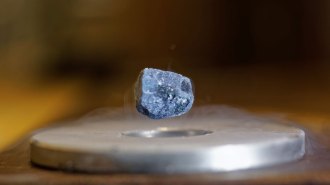 Physics
PhysicsA mysterious superconductor’s wave could reveal the physics behind the materials
Scientists finally spotted a pair-density wave in a high-temperature superconductor.
-
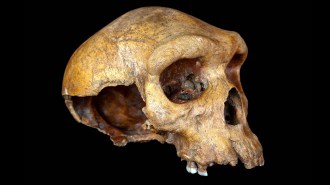 Anthropology
AnthropologyThis 300,000-year-old skull may be from an African ‘ghost’ population
The age of the mysterious Broken Hill fossil suggests it came from a hominid that lived around the same time as both Homo sapiens and H. naledi.
By Bruce Bower -
 Animals
AnimalsA cat appears to have caught the coronavirus, but it’s complicated
While a cat in Belgium seems to be the first feline infected with SARS-CoV-2, it’s still unclear how susceptible pets are to the disease.
-
 Space
SpaceQuasar winds with record energy levels were seen fleeing a distant galaxy
The Hubble Space Telescope has seen the most energetic quasar winds yet, showing these active black holes can blow star-forming gas out of galaxies.
-
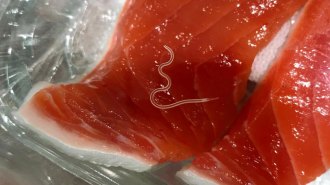 Animals
AnimalsParasitic worm populations are skyrocketing in some fish species used in sushi
Fishes worldwide harbor 283 times the number of Anisakis worms as fishes in the 1970s. Whether that’s a sign of environmental decline or recovery is unclear.
By Amber Dance -
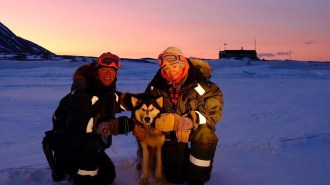 Climate
ClimateThese women endured a winter in the high Arctic for citizen science
Two women have spent the winter on the Norwegian archipelago of Svalbard to collect data for climate scientists around the world.
-
 Physics
PhysicsEinstein’s letters illuminate a mind grappling with quantum mechanics
The latest volume of Einstein’s papers covers the infancy of quantum mechanics and new challenges to the theory of relativity.
-
 Health & Medicine
Health & MedicineSocial distancing comes with psychological fallout
Keeping people apart can help slow the new coronavirus’ spread. But such social distancing may cause or worsen mental health problems.
By Sujata Gupta -
 Health & Medicine
Health & MedicineHow antibody tests work and could help fight the coronavirus
Coronavirus antibody tests look for signs in the blood that someone has had an infection and recovered, and could take only a finger prick.
By Dawn Fallik -
 Health & Medicine
Health & MedicineFace mask shortages have sparked creative solutions. Will they work?
Homemade masks, reusing masks and even scuba gear are some of the ideas for dealing with health care workers’ lack of supplies during the COVID-19 pandemic.
-
 Planetary Science
Planetary ScienceIf Pluto has a subsurface ocean, it may be old and deep
New analyses of images from NASA’s New Horizons spacecraft suggest that Pluto may have had a sea beneath its icy shell for roughly 4.5 billion years.
-
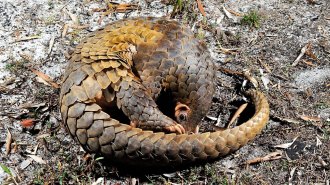 Health & Medicine
Health & MedicineThere’s no evidence the coronavirus jumped from pangolins to people
Pangolins captured in anti-smuggling activities in southern China were found to harbor viruses related to the new coronavirus.